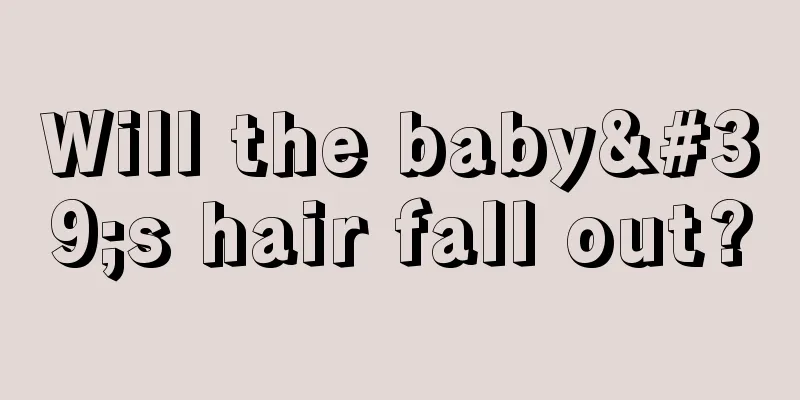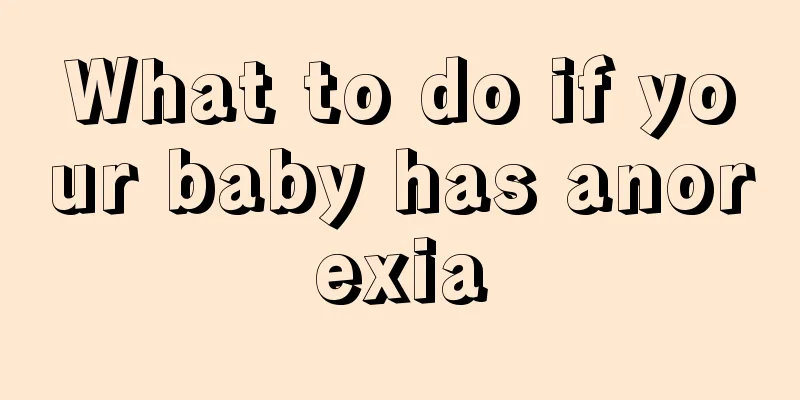Symptoms of blocked tear sac in baby

|
Every baby is the most important part of the family. And the child’s physical health is the most important thing for the family. However, because people nowadays are under great pressure in life, they do not pay attention to the health of the baby during pregnancy. Therefore, it is easy for symptoms of disease to occur after the child is born. For example, the symptoms of lacrimal sac obstruction are that the baby will cry frequently, and you can discover this problem when the baby cries. But what are the symptoms of blocked tear sac in babies? 1. Symptoms of congenital dacryocystitis in babies 1. Excessive eye mucus If you find that your baby has a lot of eye mucus for a period of time shortly after birth, he may have congenital dacryocystitis. After the baby is born, parents should pay special attention to the amount of his eye mucus. If there is such a situation, they should take him to an ophthalmologist for examination as soon as possible. 2. Increased tears The baby's tears increase day by day, the tear river formed by tears on the lower eyelid margin widens, and a small lump appears on the skin at the inner corner of the eye. After squeezing out the liquid, the lump may disappear temporarily. If secondary bacterial infection occurs, yellow-white secretions will often appear at the corners of the eyes, and yellow-white purulent secretions may overflow from the squeezed bulges. 3. Eyelid eczema Eyelid eczema (there are infected substances in the tears, which irritate the eyelid skin and cause eczema). 1 to 2 weeks after the baby is born, a lump is found in the lacrimal sac. It is elastic and has no acute inflammatory symptoms such as redness, swelling, and tenderness. Occasionally, it may cause symptoms of acute dacryocystitis. 2. What to do if you have congenital dacryocystitis 1. Conservative treatment: Children under two months old can first adopt conservative treatment. Massage the baby's lacrimal sac area (both sides of the nose bridge) from top to bottom to promote the flow of tears to the nasolacrimal duct. Do it 2 to 4 times a day, each time for 1 minute. At the same time, you should use antibiotic eye drops as prescribed by the doctor, and wipe the secretions from the corners of the baby's eyes with a cotton swab before dropping the drops. After a period of treatment, the membrane will rupture on its own and the tear duct will be unobstructed. 2. Flushing the tear duct: If conservative treatment does not work for a period of time, the child can go to the ophthalmology department to flush the tear duct and break the membrane. 3. For a 4-month-old baby, if pressurized flushing twice a month is still ineffective, a tear duct probing operation is required. Use a probe to puncture the membrane to make the tear duct unobstructed. 99% of children can recover through pressure irrigation or tear duct probing. |
<<: Symptoms of nasal hypertrophy in children
>>: What are the symptoms of convulsions in children
Recommend
What kind of juice is good for babies with fever?
What parents hate to see most is their baby getti...
What to do if your seven-month-old baby has diarrhea
In our daily life, children always go to the hosp...
What are the classifications of cardiovascular and pulmonary diseases?
Children are prone to various disease symptoms, a...
There is a red birthmark on the baby's forehead, treat it as soon as possible
If a baby has a birthmark, it is very likely that...
When is baby teething?
Since having their own babies, many mothers have ...
What's wrong with the child falling asleep?
Children in their early childhood have relatively...
What to do if your baby catches a cold in summer
Summer is the hottest time of the year, and it is...
What is the reason for baby vomiting after eating?
Parents need to pay special attention to their ba...
What to do if your baby has a fever, runny nose, and cough
Babies do not have strong expressive abilities an...
How to use yellow fruit to relieve jaundice
Yellow fruit, also known as gardenia, is a relati...
What kind of milk is good for children to drink before bedtime?
Milk is a very nutritious food. Many dairy produc...
Can children with normal parents be color blind?
Color blindness is a very serious infectious dise...
Are there any side effects to children taking Chinese medicine?
Traditional Chinese medicine is profound and exte...
What happens when children develop millet-sized bumps?
If your child develops small bumps the size of mi...
What to do when a newborn cries during bath
For many parents, bathing a newborn is a rather t...









